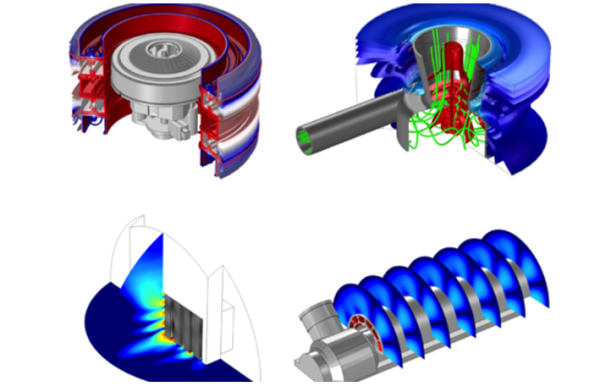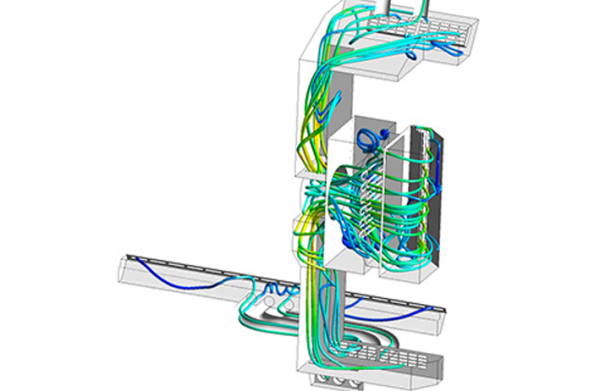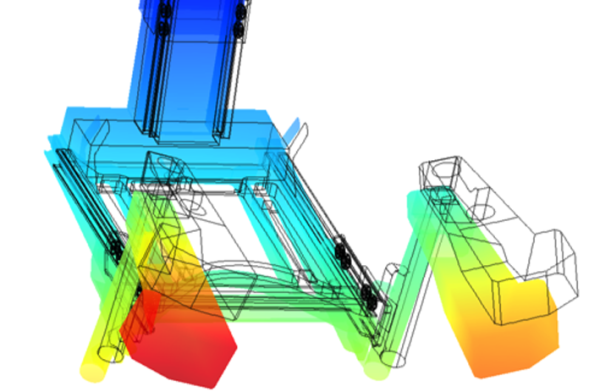Merford is less accessible during the holiday season. If you have a query during these days, please let us know at info@merford.com.

Simulation and modelling
Acoustic simulations play a key role in our own product development process and we also make use of them in a number of different ways in our consultancy services. We can build finite element simulations of your acoustic problems to help gain a deeper insight into the issue. This can be a particularly useful tool for problems where further experimental testing could be difficult or time consuming.



